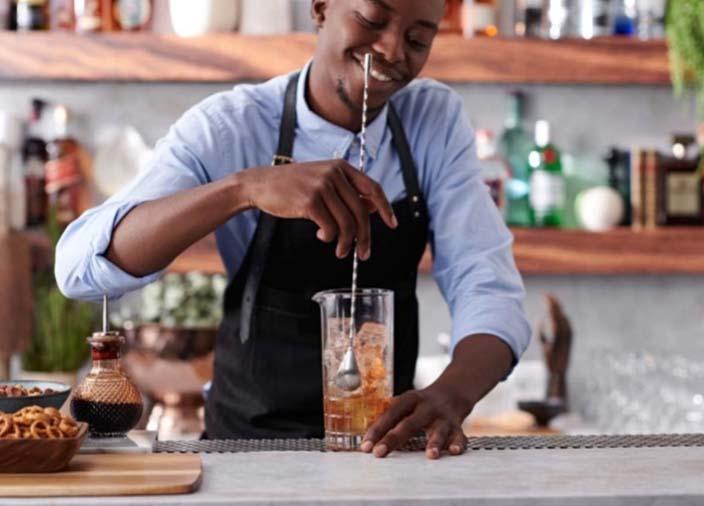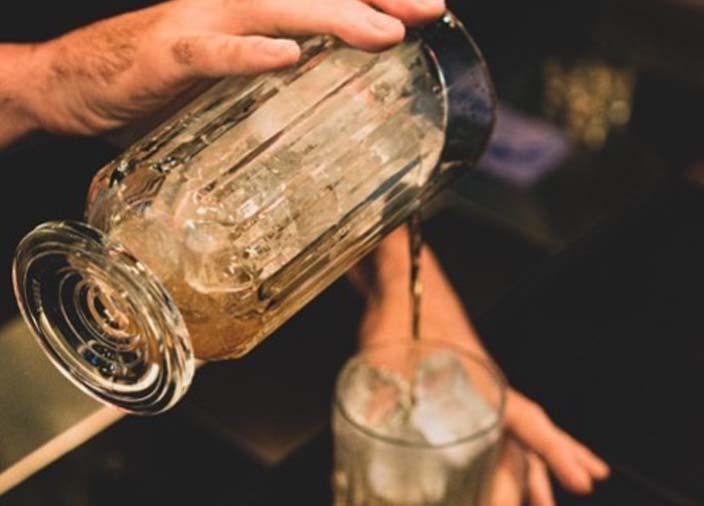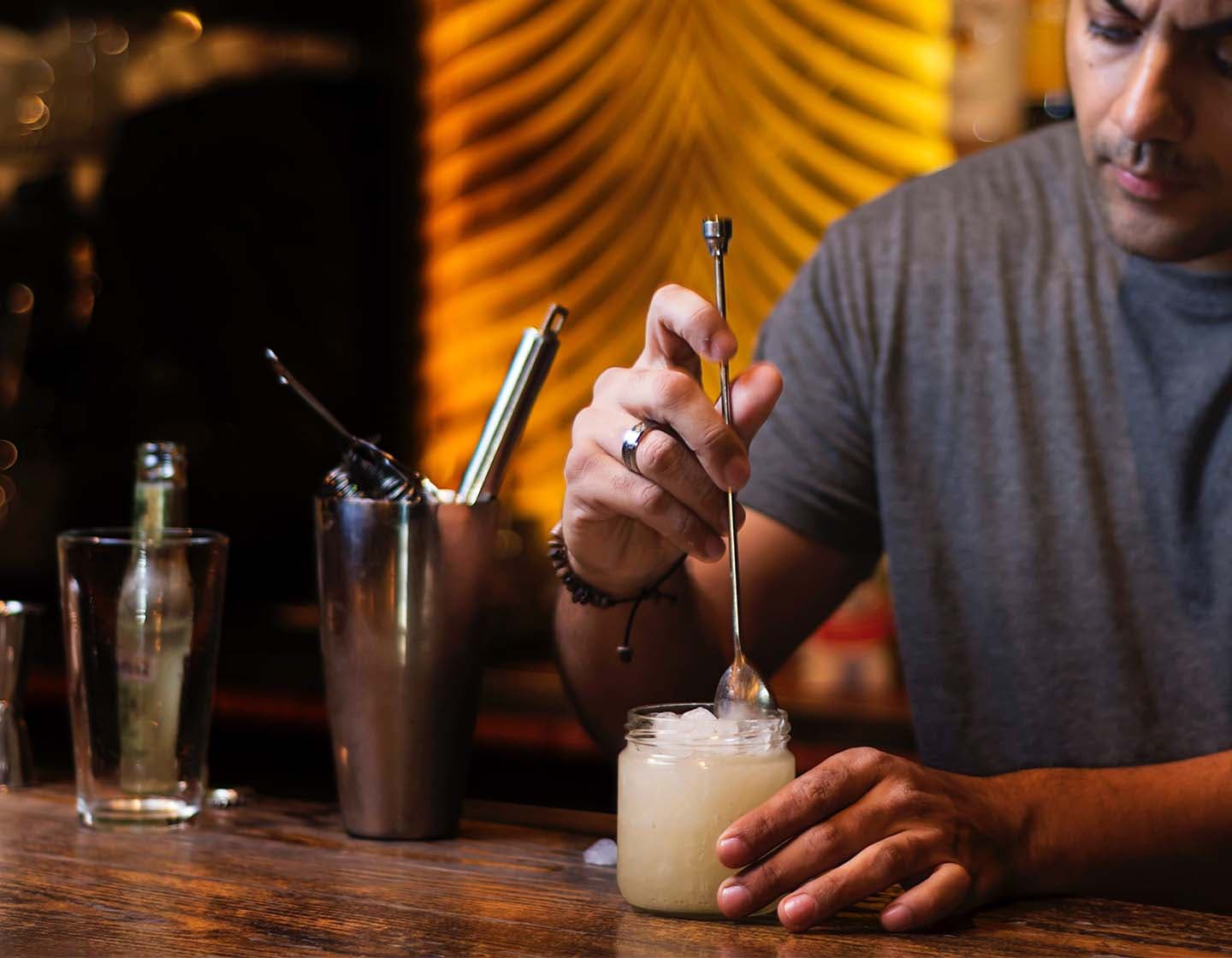Bar Skills: How To Stir A Cocktail Properly
Stir your way to cocktail-making perfection with style tips, tools and techniques to help you master the subtle art of stirring.
Estimated reading time: 2 minutes
Explore and learn the techniques
Like many cocktail techniques, stirring can seem at first look to be simple. However, the difference between a novice and an expert bartender is in the detail and nuance of technique that elevates a seemingly basic action to an art form.
Let's explore and learn the techniques, styles and best practices of stirring cocktails.

The Purpose of Stirring
Stirring is preferred for cocktails composed solely of spirits or non-carbonated ingredients. The primary reasons for stirring include:
- Chilling: A stirred cocktail is brought down to the desired temperature.
- Mixing: Ensures that all ingredients are uniformly combined.
- Dilution: Proper stirring introduces enough dilution to balance the drink.
- Clarity: Unlike shaking, stirring is a gentler technique that doesn't aerate and retains the crystal-clear appearance of a cocktail, which is crucial for classics like the Martini or Manhattan.

Stirring Equipment, Styles and Techniques
- The Bar Spoon: The traditional tool of choice, with its long handle, is ideal for reaching the bottom of tall mixing glasses. Its design ensures smooth rotation and minimal agitation.
- Mixing Glass: Available in a range of styles, the mixing glass is the container where you will stir your cocktail. A metal shaker tin will also work just fine.
- Julep or Hawthorne Strainer: A julep strainer is a traditional method of straining a stirred cocktail; however, a Hawthorne is generally a perfectly adequate substitute.
Styles of Stirring
A distinction that sometimes confuses novice bartenders is between a drink recipe of, for example, a highball style drink that specifies stirring versus a stirred cocktail, a martini.
- A drink recipe that specifies stirring requires a quick agitation of ingredients to ensure proper mixing.
- A stirred cocktail requires an extensive stir and strain. Use your discretion and look at the other techniques, ingredients used in the recipe and the final serving style.
Discover bartender techniques for stirring
Stirring Best Practices
- Glass vs. Metal: While metal mixing tins conduct cold more efficiently, glass vessels, like the classic Yarai, offer visibility, letting bartenders gauge the drink's progress.
- Ice Matters: Use large, clear, and dense ice cubes. They chill the cocktail effectively while melting slower, ensuring minimal dilution.
- Grip and Motion: For a seamless stirring motion, grip the spoon between your thumb and middle and ring fingers. Use a push/pull motion to rotate the spoon in the mixing glass, allowing the ice to glide around the glass with minimal resistance. (See 'The Art of Liquid Intelligence: The Art and Science of the Perfect Cocktail' by Dave Arnold, 2014)
- Duration: Typically, 20-30 seconds of stirring will sufficiently chill and dilute a cocktail. However, always taste and adjust based on the drink's balance.
Key Takeaways
- Stirring vs. Shaking: Stirring retains clarity and precise control over dilution, which is ideal for spirit-forward cocktails.
- The Right Tools: Invest in a quality bar spoon and mixing glass for optimal results.
- Technique Over Strength: A gentle, controlled stir is more effective than a vigorous, hasty one.
- Taste and Adjust: Like all aspects of mixology, personal preference and balance are paramount. Always taste the cocktail and adjust the stir duration as needed.
Drink-making is an art that requires subtlety and precision, particularly when it comes to stirring cocktails. By utilising the appropriate tools and techniques, bartenders can elevate even the most basic actions to create perfectly chilled and well-mixed cocktails.
Take advantage of free bar skills training, discover the latest trends and be part of a growing community when you sign up as a Diageo Bar Academy member.
